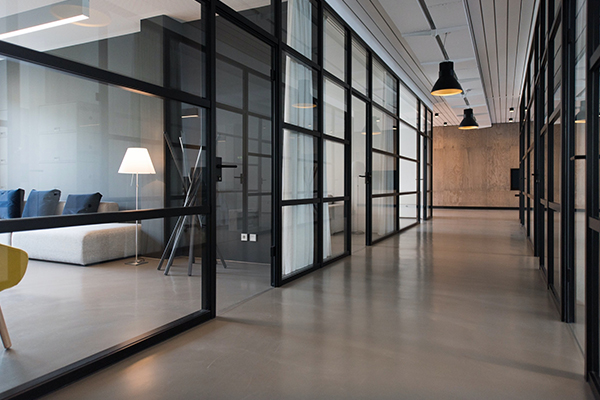3.4 Ethical Considerations
Ethics could play an important role in academic research. Usually, different countries have their own moral standards regarding political, scientific, or practical actions, and these rules are occasionally altered to fit new social ideology (Joyce & Rankin, 2010). This paper follows the ethical codes produced by the American Psychological Association (APA) the British Psychological Society (BPS).
Though these codes were settled in different conditions they share common values. Consequently, the code of ethics shall take responsibility, benefit, integrity, respect, and justice (APA, 2017; BPS, 2018). While in China, there is not a national code of ethics yet but the traditional values have been planted deeply in every aspect of society.
This paper takes ethics into considerations when designing, sending, and collecting the questionnaire. First of all, all respondents are voluntary and every one of them has the right to withdraw from the research anytime. No offensive language or intentions shall be applied during any stage of this research. The aim, content, and data handling method would be informed to the respondents. According to the Data Protection Act (1998) published in the UK, this paper fully respects every participant’s anonymity and privacy. All data shall be collected by the author alone and shown to no one else. Once the research is done, all original data would be destroyed without copies in any form.
3.5 Summary
In summary, this paper tries to conduct a comprehensive methodology to develop solid research and to reach reliable empirical work outcomes. The rights and privacy of participants are fully considered and well respected. However, the research design contains some inherent limitations.
In spite of the fact that qualitative research is appropriate to this study, exploratory research typically requires a smaller sample size compared with conclusive research, which means the range of applying the results might be reduced. Plus, this research focuses on college students in Beijing, a highly international and well-developed region in China. So, their attitude towards museums might be very different from some less advanced places.
Chapter Four Findings
4.1 A Brief Introduction of the Palace Museum
Regarding the affecting factors of museum audience determined from previous literature, this section introduces some relevant facts about the Palace Museum for later analysis. All information below could be founded on the official website of the Palace Museum.
The appearance of the museum. The interior and exterior decoration of the Palace Museum preserves the cultural characteristics of the Ming and Qing Dynasties as much as possible, from time to time it carries out necessary modern architecture maintaining approaches, electrical construction, fire prevention facilities, and so on.
Exhibitions and collections. The Palace Museum has a large collection of exhibits and a large number of rooms. Plus, on average, there would be more than 20 special temporary exhibitions each year to attract more visitors and display more masterpieces.
Transportation.
The Palace Museum provides an online downloadable map of transportation (in Figure 7). The Palace Museum is inside the West 2nd Ring road in Beijing, very close to the center. As a result, most universities and higher education institutions are more than 5km away. The traffic being what it is, it would cost students upwards of 50RMB to get there by cab. Therefore, the most common way is by public transportation.
For the past decade, students have enjoyed a special bus pass, which allows them to take the bus anywhere in the city for just 1RMB. However, the downside is that all public buses are usually extremely crowded, to the point where one doesn’t even need to stand on their own. The ticket office seems to be a bit far from everything. However, this isn’t a big issue as people only need to buy one ticket to access all the exhibits, as well as, interesting items on display that can be seen while en route to and fro the ticket office.
Figure 7: Transportation of the Palace Museum (Source: The Palace Museum website)
Ticket price. There is an 80,000 daily visitors’ limitation of the Palace Museum, so it is recommended to buy tickets online in advance

